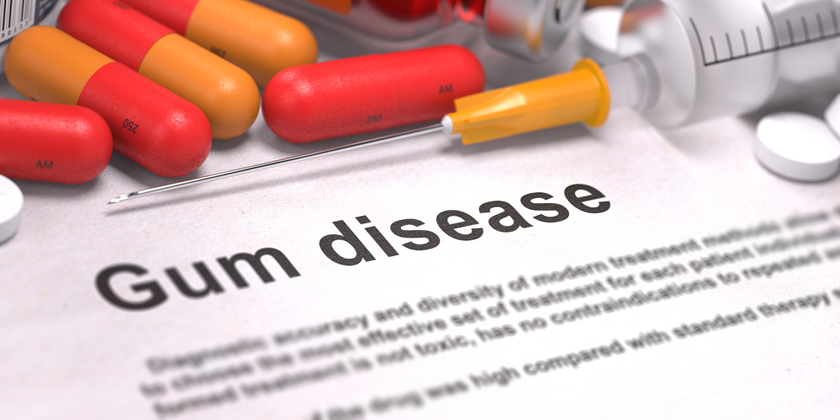Through the ages, a clear relationship has been established by dental experts between gum disease and autoimmune disease. The mouth is the gateway into the body, and as such its health affects every system and organ. Below is an explanation of how autoimmune disease is connected to poor oral health, and what can be done to avoid it.
Microbes Are The Key
Two specific microbes have been identified which are responsible for disease, specifically rheumatoid arthritis, and these are Actinomycetemcomitans and P. Gingivalis. They release an enzyme which will prompt some proteins within the body to alter their shape. If this process continues unchecked and turns chronic, the immune system will become overly sensitive to the changed proteins, seeing them as foreign invaders which it will attack. These proteins occur most frequently in the joint tissues and are directly associated with periodontal disease. Periodontitis is a major dental disease which causes tooth loss in many.
How Do Microbes From The Oral Cavity Reach Other Parts Of The Body?
The microbes responsible for gum disease do not remain in the oral cavity. Instead, they can travel to other parts of the body through the capillaries which are present in the gum tissue. Once the microbes are allowed to populate the mouth and gum pockets, over time they can compromise health, especially in those who have a genetic susceptibility towards chronic disease. The most common symptom of gingivitis or the more advanced periodontal disease is bleeding gums.
The oral cavity, particularly the gum pockets, is small spaces between teeth that play a pivotal role in the development of disease. It is an ideal breeding ground for microbes which can reproduce and increase their population. This area is also outside the immune system, an environment where oxygen is low. This combined with total body access via the bloodstream makes gum disease a serious threat if not treated.
How To Defeat These Microbes
The good news is that there is a solution, and this is to disrupt and destroy the microbes, blocking their attempts at colonization beneath the gum line. The most basic step is to brush and floss on a daily basis, but for those who don’t like flossing, they will want to drink lots of water and swish it around in their mouths for about 30 seconds, as this will disrupt the microbes.
Second, you will want to visit your dentist regularly and get your teeth clean, especially if you already have gingivitis or periodontal disease. It is recommended to get professional cleanings at least two times per year. The dentist has specialized techniques and equipment that will allow him or her to reach areas of the mouth the toothbrush can’t. Another solution is to rinse your mouth out with hydrogen peroxide daily, as it can kill bacteria and reduce inflammation. Finally, essential oils such as clove and peppermint can help by keeping your biofilms thin, which reduce the development of plaque.

